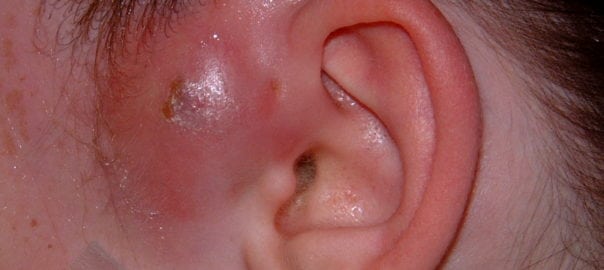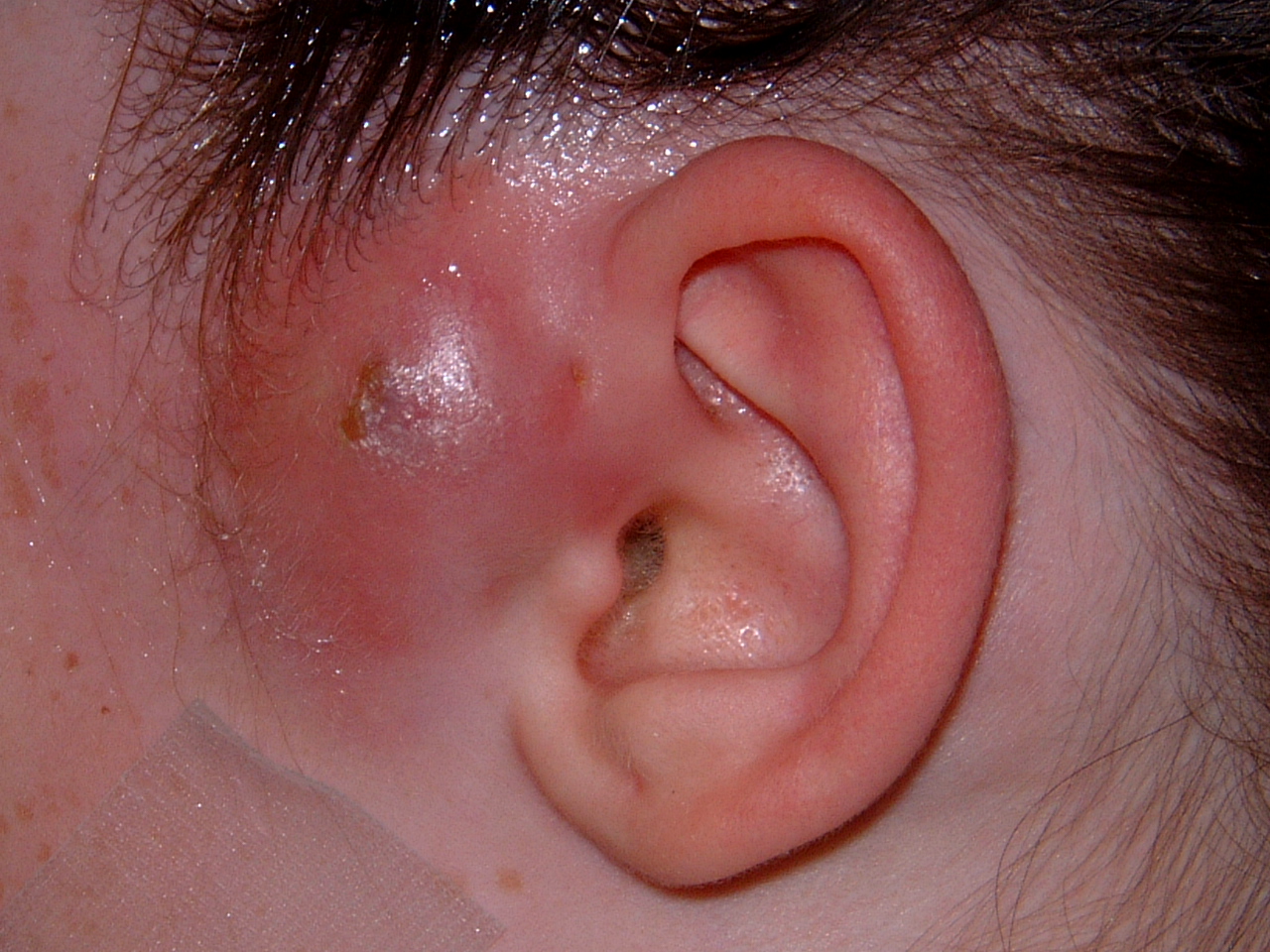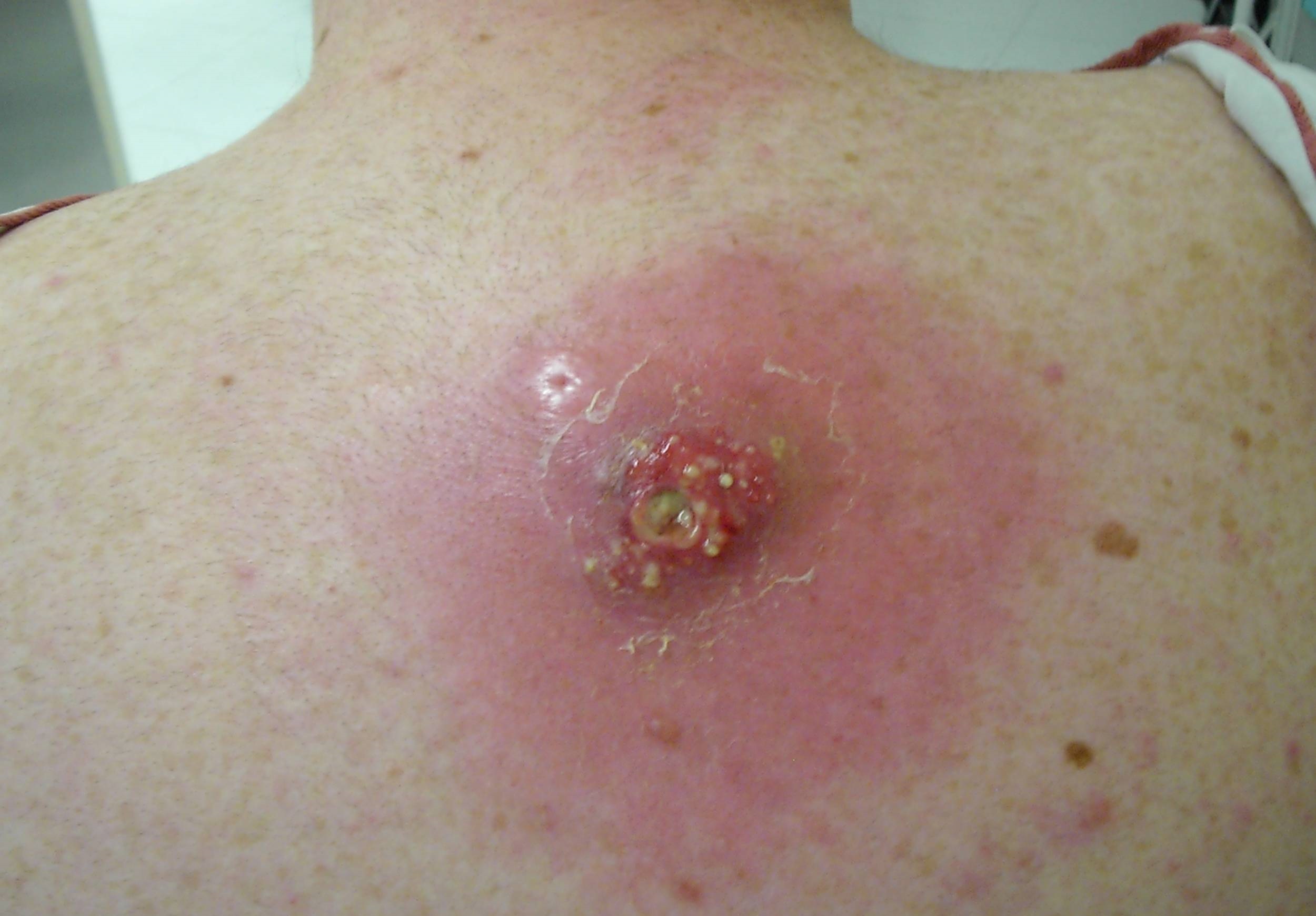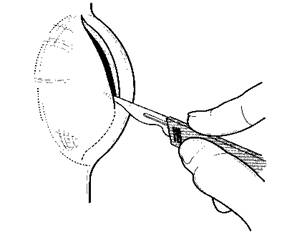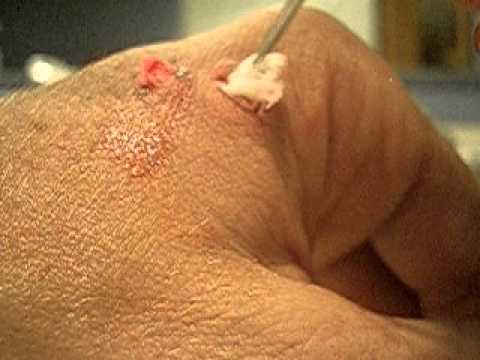Whether you call them boils, pus pockets or abscesses, they hurt. Abscesses are infections that localize and collect pus beneath the skin. Although previous Straight, No Chaser posts have addressed MRSA, this one will highlight your frequently asked questions about abscesses.
Why do I get an abscess?
Something causes an injury or sufficient irritation to your skin to allow bacteria to enter, and/or your lowered immunity can’t adequately fight back. Examples of circumstances causing skin infections that can develop into abscesses include ingrown hairs (folliculitis), insect bites and IV drug use. You are at increased risk for developing an abscess if you have diabetes, are obese, use IV drugs, have a weakened immune system or have an untreated skin infection (cellulitis).
What causes abscesses?
Bacteria such as Staphylococcus aureus (Staph) and Streptococcus are common causes of abscesses. I’ll remind you that MRSA stands for methicillin-resistant Staph Aureus; this is an indication that traditionally used antibiotics don’t work against this particular strain of bacteria. MRSA should be a reminder of the dangers of inappropriate antibiotic use.
How do I know if I have an abscess?
Trust me. You’ll know. Typically you’ll develop a skin infection first, which could simply include pus-filled bumps that worsen to become red, warm, swollen and tender. You may develop a fever, and you will have a significant amount of pain.
Can I treat these at home?
Generally not unless you’re a physician or have access to one at home… What you can do is prevent them. Stop picking at your skin; in fact, learn to keep your hands off your skin. Use clean equipment (e.g. razors, clippers) if you shave hair from your skin.
In terms of treating abscesses at home, it is not advisable for you to attempt to cut yourself or otherwise deal with these once one has formed. Abscesses often have deep tracks under the skin that need to be explored. Whatever you’re doing to delay getting evaluated is increasing the risk that things will worsen.
So how are abscesses treated?
There are two approaches to treating abscesses: “from the inside out” and “from the outside in.”
- From the inside out refers to receiving antibiotics. Most abscess do respond promptly to antibiotics if you don’t wait too long to get them treated.
- From the outside in refers to a procedure called incision and drainage (I & D). You’ll recognize this as your physician having to cut open the abscess, clean the area out and place gauze in the wound for a few days. Doing this in most cases eliminates the need to also take antibiotics. Unfortunately, I & Ds often must be done on higher risk abscesses, and in some instances, it’s necessary to have it done by a surgeon.
When should I see a doctor for one of these?
These generally aren’t getting better on their own. In particular, if you have one of the risk factors previously mentioned (diabetes, IV drug use, obesity, decreased immunity), the abscess is on or near your genitalia, is spreading fast or is extremely painful, you should be seen sooner rather than later.
Feel free to ask any questions you may have on this topic.
Order your copy of Dr. Sterling’s new book Behind The Curtain: A Peek at Life from within the ER at jeffreysterlingbooks.com, iTunes, Amazon, Barnes and Nobles and wherever books are sold.
Thanks for liking and following Straight, No Chaser! This public service provides a sample of what http://www.SterlingMedicalAdvice.com (SMA) and 844-SMA-TALK offers. Please share our page with your friends on WordPress, like us on Facebook @ SterlingMedicalAdvice.com and follow us on Twitter at @asksterlingmd.
Copyright © 2016 · Sterling Initiatives, LLC · Powered by WordPress

